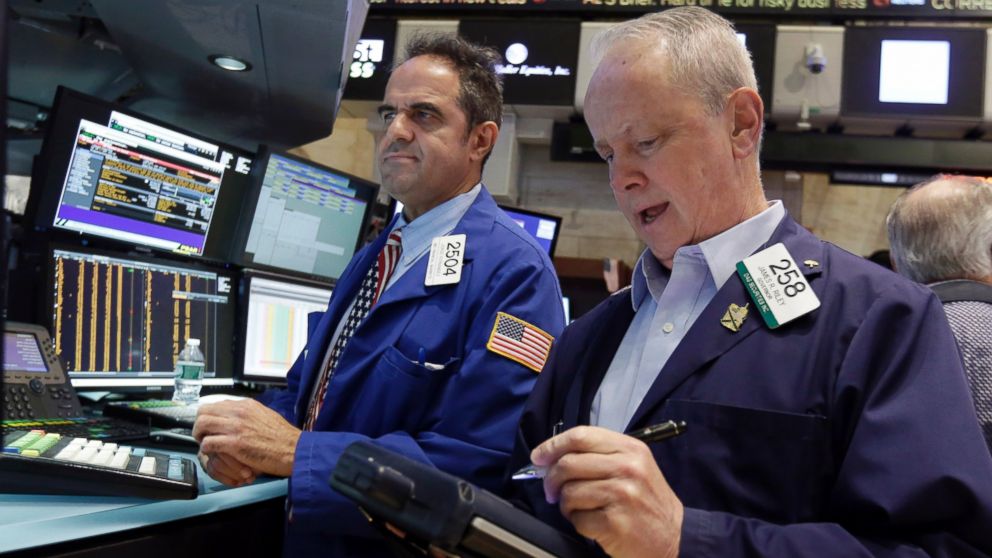Little-Known Rule 48 and Other Stock Regulations That Can Affect Your Money
The New York Stock Exchange invoked "Rule 48" this week to ease volatility.

— -- While investors panicked across global markets in the last week, stock exchange officials in the U.S. used a little-known rule to try to smooth trading.
For three straight days this week, the New York Stock Exchange put into action "Rule 48," which can essentially speed up the opening of trading to prevent a panicky sell-off all at once.
Charles Jones, Columbia Business School professor, explains that the rule is important, because NYSE’s opening auction is still run by humans.
“In volatile markets, there aren’t enough NYSE humans to aggregate all the incoming orders and conduct the usual pre- and post-auction checks and announcements,” Jones said, referring to the process when bidders and sellers match at a price. “The most important thing is to get all stocks opened quickly. Rule 48 suspends these extra steps so the humans can focus solely on the auction itself.”
Here's more about "Rule 48" and other procedures that stock exchanges can use in emergencies:
1. Rule 48
When "extreme market volatility" is expected, the New York Stock Exchange can invoke Rule 48, which was approved in December 2007 by the Securities and Exchange Commission. The rule allows exchange officials to temporarily suspend the need for designated market makers to announce price indications before the bell, so it's easier to open stocks, or re-open stocks in the case that trading has been halted.
Part of the text of Rule 48 states, "An extreme market volatility condition may only be declared before the scheduled opening or reopening following a market-wide halt of securities at the Exchange."
The rule was particularly useful when investors were fidgety about a recession.
Jones said mutual funds and 401(k)s are typically priced based on the close. So Rule 48, which affects those who trade at the 9:30 a.m. ET opening bell, shouldn’t directly impact those investors.
“With or without Rule 48, volatility is always highest at the opening bell,” Jones said. “ Individual investors who are trading stocks might want to follow the lead of many smart institutional investors and wait 15 minutes or so to start their trading for the day.”
2. Circuit Breakers
The Financial Industry Regulatory Authority proposed circuit-breaker rules in response to volatile trading from the "Flash Crash" of May 6, 2010. That's when the major stock indices, already down, dropped 5 to 6 percent in minutes before rebounding quickly. The British trader accused of contributing to the crash has a hearing scheduled for next month.
Through the years, the rules have been revised to now say that trading can be temporarily halted or the markets can close in "extreme circumstances."
3. How Extreme Is Extreme?
The SEC has even designated thresholds of severity by which a decrease in the S&P 500 merits a market-wide circuit breaker. This can be measured by a single-day decrease in the S&P 500 Index, based on the prior day's closing price.
Level 1: 7 percent
Level 2: 13 percent
Level 3: 20 percent
4. What Times to Halt Trading
The "level" will depend on the time of the trading day, according to the SEC.
Before 3:25 p.m.: A market decline that triggers Level 1 or Level 2 circuit breaker will halt market-wide trading for 15 minutes.
At or after 3:25 p.m.: Market-wide trading will not be halted.
At any time: A Level 3 circuit breaker will halt market-wide trading for the rest of the day.




